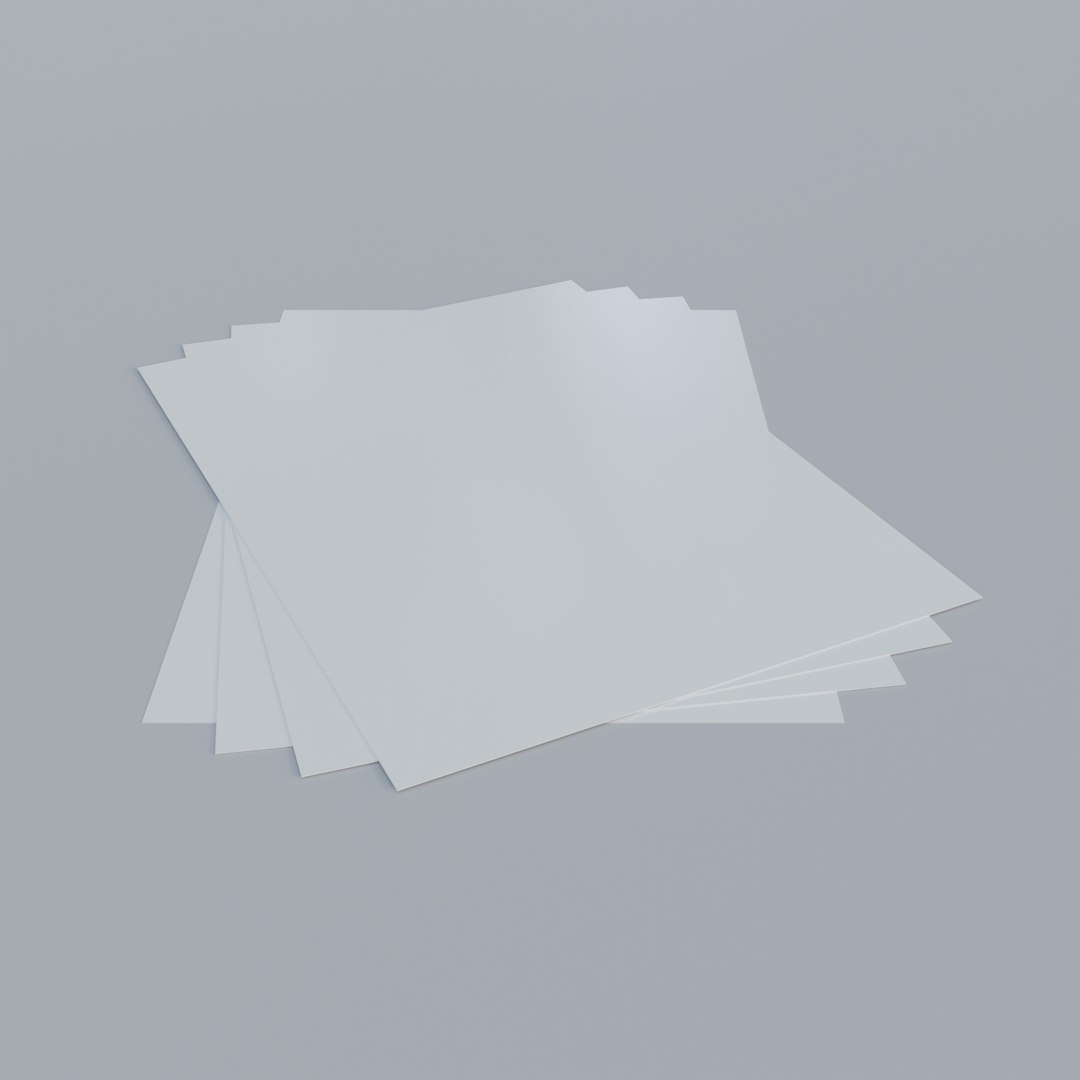The Minecraft modding community has grown exponentially over the years, with countless modders creating unique features, tools, and gameplay enhancements. A critical aspect of mod development and customization is managing configuration files. One of the most popular file formats used in modern Minecraft mods, especially those built with the Forge mod loader, is the TOML (Tom’s Obvious, Minimal Language) format. This lightweight, easy-to-read configuration format allows players and mod developers to tweak settings without writing code.
Understanding how to open and edit TOML files is essential for players who want to personalize their modded Minecraft experience, and also for modders looking to give users flexible configuration options. This article will explore how to work with TOML files, what tools to use, best practices, and common pitfalls to avoid.
What is a TOML File?
A TOML file is a configuration file format that aims to be minimal and readable by humans, while also being easy to parse by machines. Introduced as a modern alternative to older formats like INI or JSON, TOML is now widely embraced by Minecraft mod developers using the Forge mod loader and mods based on Minecraft’s modern versions (1.13+).
These configuration files typically live in the config directory of your Minecraft installation when mods are installed. They define a wide variety of settings, such as:
- Gameplay balances (e.g., damage values, spawn rates)
- Rendering and visual settings
- Mod-specific options like toggling features on/off
- Performance tweaks

How to Locate TOML Files in Your Minecraft Setup
When you install mods into your Minecraft game using a mod loader like Forge, many of these mods will automatically create corresponding TOML files in a subdirectory. Here’s how to find them:
- Navigate to your Minecraft directory. On Windows, this is typically located at
%appdata%\.minecraft. - Open the
configfolder. - Look for files with the
.tomlextension, usually labeled with the mod name (e.g.,examplemod-common.toml).
Each mod will usually have its own set of TOML files, split between client, server, and common categories depending on their function. The presence of these files depends on the mod’s developer and the configuration options they’ve chosen to expose.
Choosing the Right Tool to Open TOML Files
TOML files are plain-text files, meaning they can be opened with any standard text editor. However, using a more advanced code editor can help prevent formatting errors and increase readability.
Here are some commonly recommended editors:
- Notepad++: A lightweight editor with syntax highlighting support.
- Visual Studio Code (VS Code): Highly customizable, with TOML syntax highlighting and extensions available.
- Sublime Text: Fast and minimal with great plugin support.
- Atom: Open source and well-supported for multiple file types.
Avoid using heavy word processors like Microsoft Word or Google Docs, as they tend to add formatting that can corrupt the file’s syntax.
Basic Rules of TOML Syntax
TOML has a clear and predictable syntax which makes it easy to read. Here are some basic rules:
- Key-value pairs are used to store data, separated by an equals sign (e.g.,
maxPlayers = 10). - Strings are enclosed in quotes:
playerName = "Steve". - Groups or Sections are defined with square brackets:
[graphics]. - Comments start with a
#and are ignored:# This is a comment.
Maintaining proper structure is important, as mods will attempt to parse these files at launch. If syntax errors exist, the mod may refuse to load or revert to default settings.

Editing TOML Files Safely
When you’re ready to start customizing TOML files, always follow these guidelines:
- Create a backup of the original TOML file before making changes.
- Use a text/code editor with TOML syntax highlighting to avoid errors.
- Read any comments in the file — mod developers often include detailed explanations and acceptable value ranges.
- Save changes and restart Minecraft for them to take effect.
If the mod doesn’t load correctly after modifications, refer to the latest.log file in the logs directory for any parsing errors related to incorrect TOML syntax.
Common Use Cases
Here are a few examples of scenarios where you might want to edit a TOML file:
- Adjusting tool durability in a survival-focused mod
- Turning off specific enemy types or mob spawning
- Increasing the spawn rate of rare ores
- Enabling debug features for testing content
These changes help tailor a mod pack to your preferred style of gameplay or better optimize it for your system.
Advanced Editing Tips
If you’re comfortable with the basics, here are a few advanced tips:
- Automate edits via scripts if managing multiple mod configurations across installations.
- Use Git or another version control system to track your TOML file changes over time—very helpful for pack developers.
- Check the mod documentation on CurseForge or GitHub to find additional TOML settings not included by default.
Conclusion
Customizing Minecraft mods via TOML files gives users significant power to create their ideal gameplay experience. Whether adjusting simple parameters or enabling hidden features, understanding how to open and edit these files is a valuable skill for any modded Minecraft player. Tools like Visual Studio Code and Notepad++ make the process efficient and safe, especially when paired with good editing practices like file backup and syntax checking.
With a bit of practice and attention to detail, even non-programmers can start making meaningful changes to game behavior just by editing some lines in a TOML file.
FAQs
-
Q: What happens if I make a mistake in a TOML file?
A: If the TOML file has incorrect syntax, Minecraft may refuse to load the mod, or the mod may revert to default settings. Always check the log files for errors. -
Q: Do I need to restart Minecraft after editing a TOML file?
A: Yes, mods generally read configuration files at startup. Changes will not take effect until you restart the game. -
Q: Can I edit TOML files on a server?
A: Absolutely. Just locate the server’sconfigfolder and make the necessary changes there. Be sure all connected clients use compatible settings. -
Q: Where can I learn more about TOML syntax?
A: The official TOML documentation at https://toml.io/ is an excellent resource for learning all features, including tables, arrays, and date types. -
Q: Are there any tools that can validate TOML files?
A: Yes, there are several online validators, including TOML Lint, which can analyze and detect syntax errors in your TOML files.









